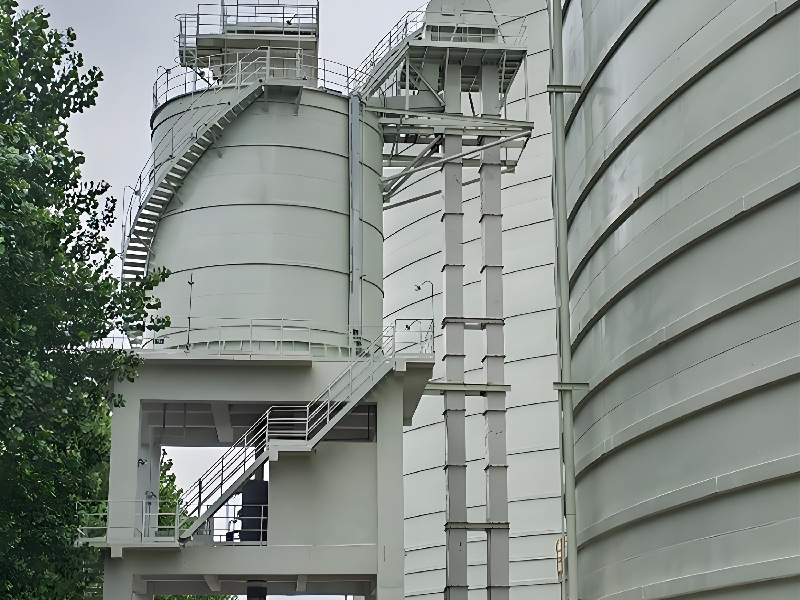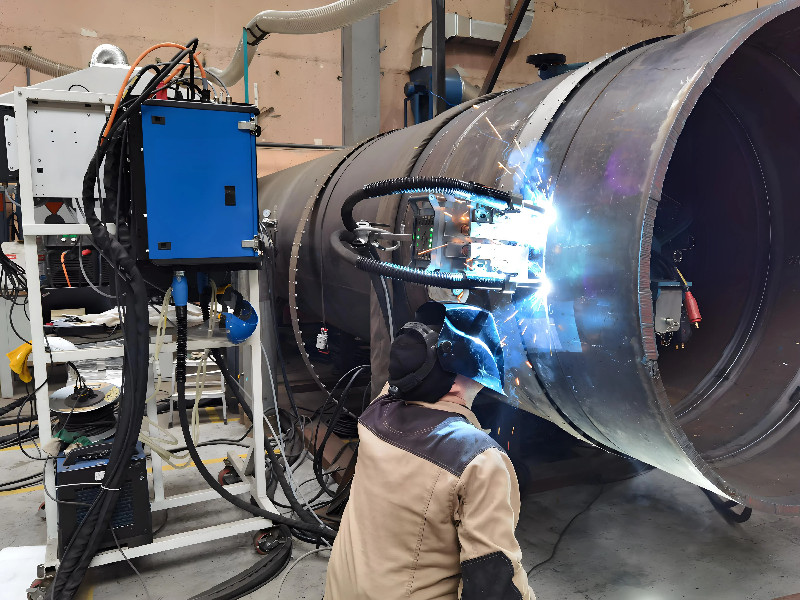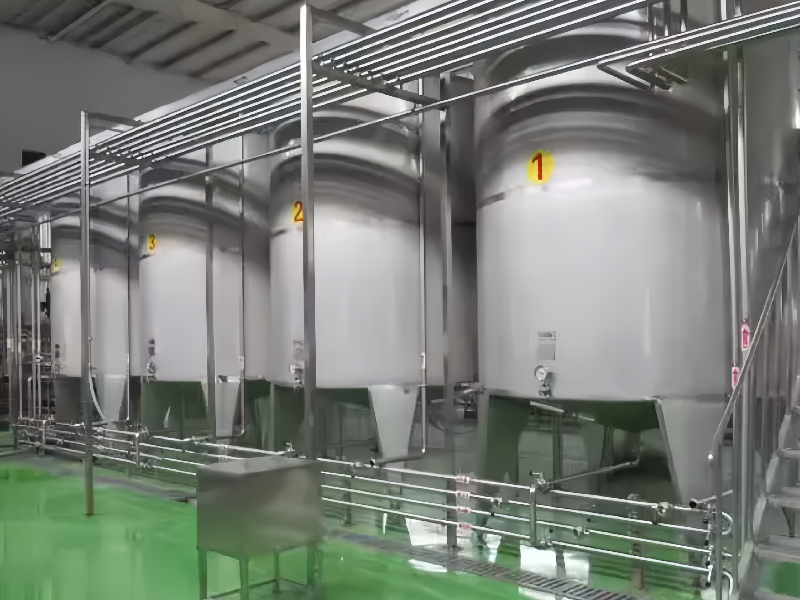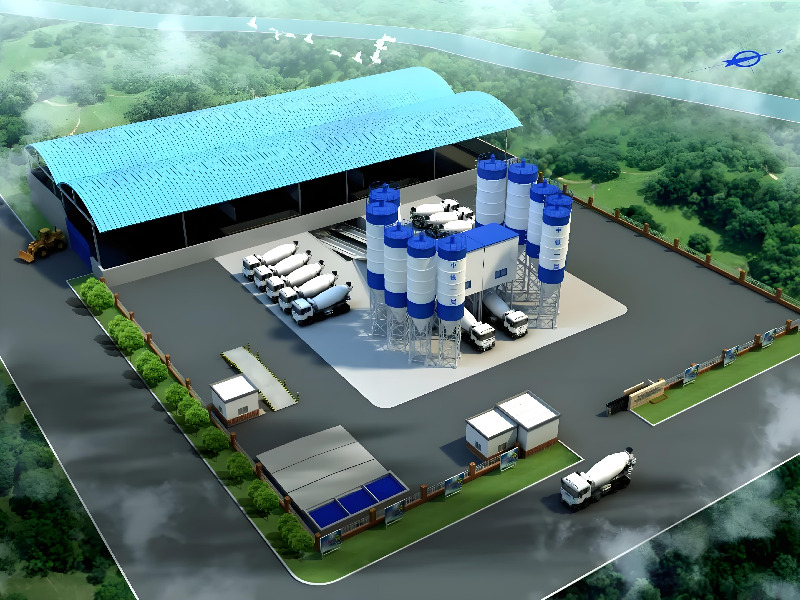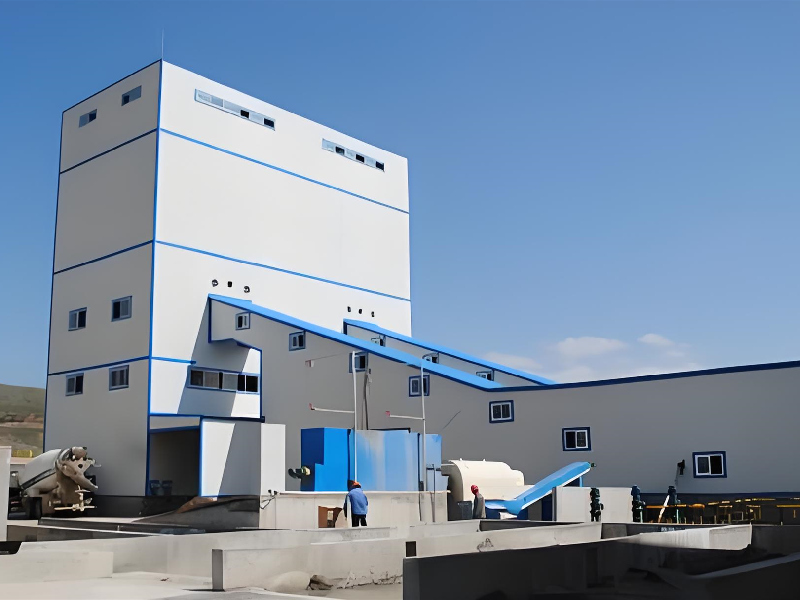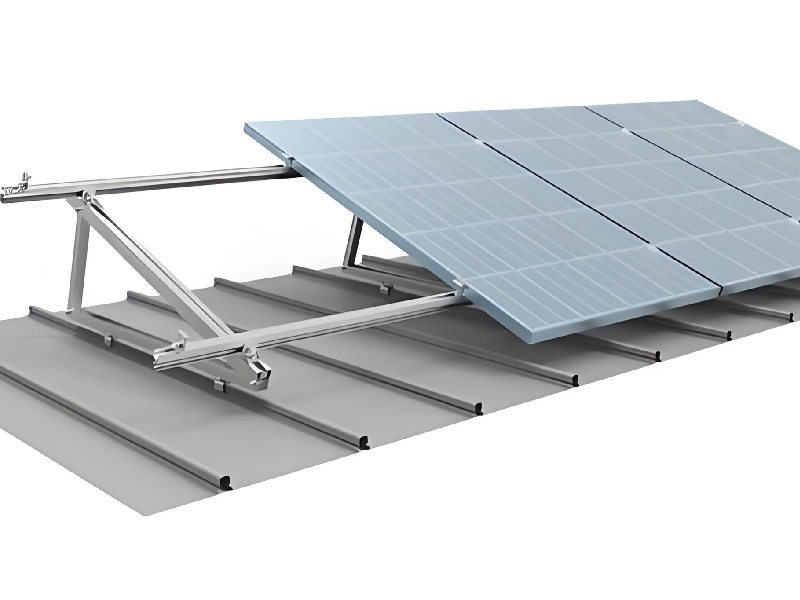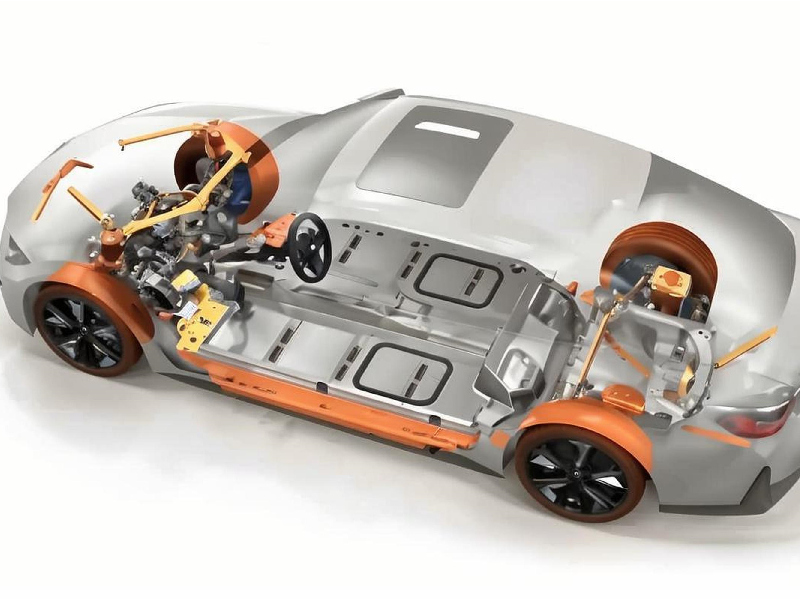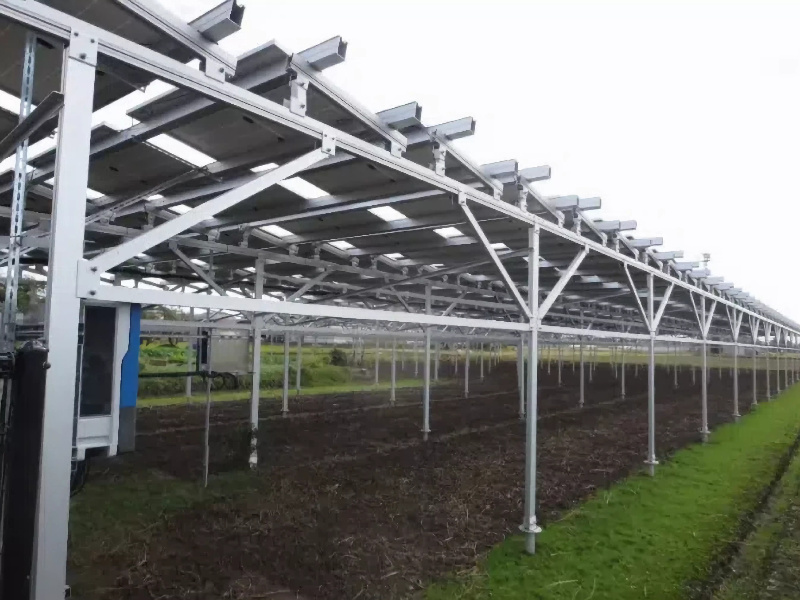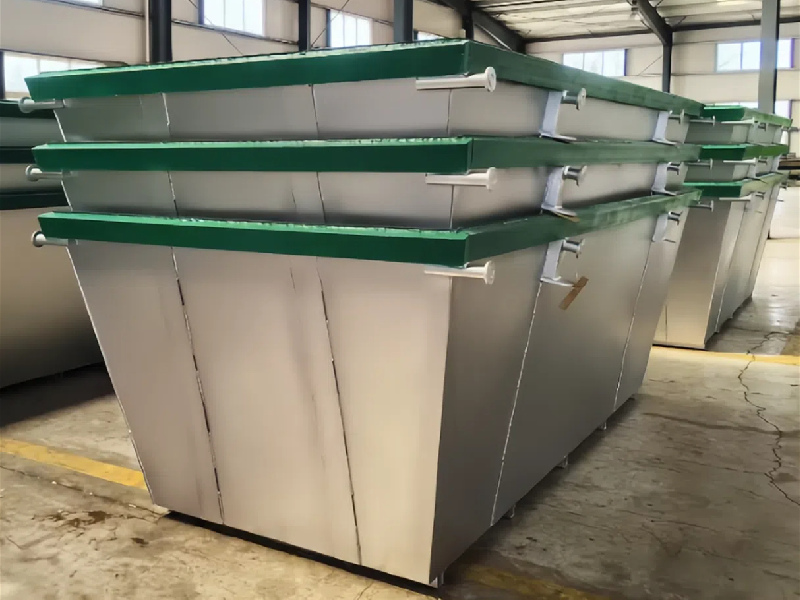Fly Ash Steel Silos: A New Choice for Efficient Storage and Environmental Protection
Feb 20, 2025
Fly ash steel silos are modern storage facilities specifically designed to store fly ash or coal ash generated by coal-fired boilers, and they are widely used in industries such as power generation and building materials. The main structure of these steel powder silos is made of steel, which provides high strength and stability to support the weight of the stored material and external loads. Typically cylindrical in shape, the silos are equipped with comprehensive systems for feeding, discharging, ventilation, and dust removal. They also feature instruments such as level indicators, thermometers, and humidity meters to monitor the material status and environmental conditions in real-time, ensuring safe production. These silos not only provide large-scale storage to meet the continuous production needs of industries but also reduce dust emissions through their enclosed design, improving air quality. Fly ash steel silos offer a new solution for the efficient handling and recycling of industrial solid waste.
The advantages of fly ash steel storage silos are significant. Their efficient storage and conveying systems can greatly improve production efficiency, reduce labor intensity, and achieve energy savings. The application of automation and intelligent technologies makes the silo towers safer and more reliable in operation, minimizing the need for manual intervention. Additionally, the wide use of fly ash in building materials such as cement and concrete makes steel storage silos an important facility for resource recycling. From an environmental perspective, the enclosed design and dust removal equipment effectively reduce dust pollution, protecting the environment and human health. As industrial automation and intelligence continue to develop, fly ash steel storage silo towers are expected to further optimize their functions and enhance intelligent levels to better meet the needs of efficient industrial production. Their application prospects in industrial fields are broad, and they are expected to become an important force in promoting the green transformation of industry.
Looking to the future, the development of fly ash metal storage silo tanks will focus more on environmental protection and sustainability. On one hand, with increasing environmental requirements, the metal silos' capabilities for waterproofing, dust prevention, and fire resistance will be further enhanced to ensure zero pollution to the environment. For example, the application of new waterproof materials will effectively prevent harmful substances in fly ash from seeping into groundwater and protecting underground water resources. Meanwhile, more efficient dust removal technologies will reduce dust emissions and minimize their impact on the atmosphere. On the other hand, the design and construction of silo tanks will pay more attention to the efficient use of resources, optimizing structures and materials to reduce energy consumption and costs. Additionally, with the popularization of the Internet of Things (IoT), fly ash steel silos are expected to achieve remote monitoring and intelligent management. Through sensors and data analysis technologies, operators can monitor the silos' operating status in real-time, predict equipment failures in advance, and optimize material conveying and storage processes. This will further improve their operational efficiency and management level. With their significant advantages and broad development prospects, fly ash steel silos are set to become an important trend in the field of industrial storage, providing strong support for the efficient, environmentally friendly, and sustainable development of industrial production. Zhongtai Company specializes in manufacturing various metal silos. It has rich experience in design, production and manufacturing within the industry.
Read More
